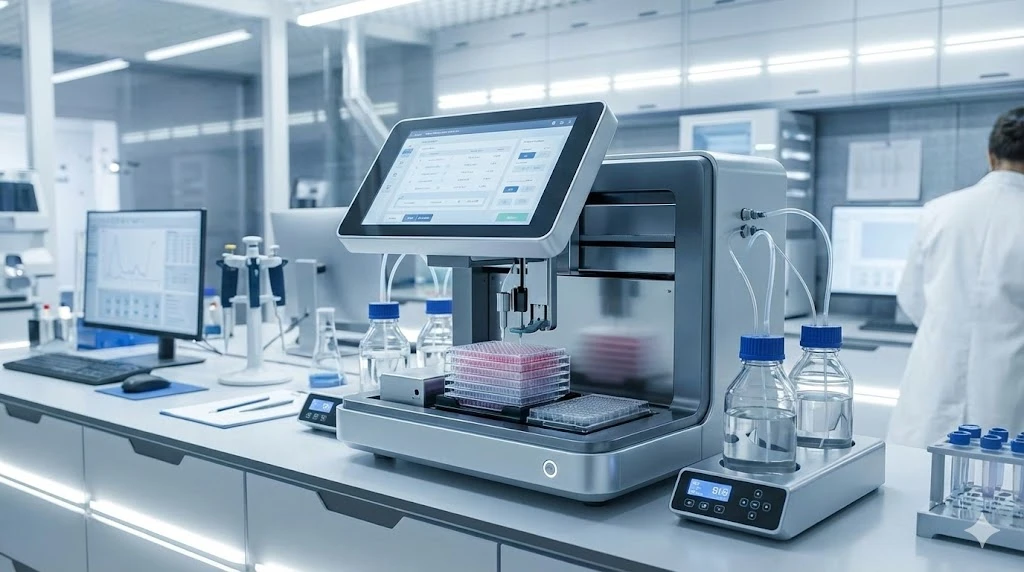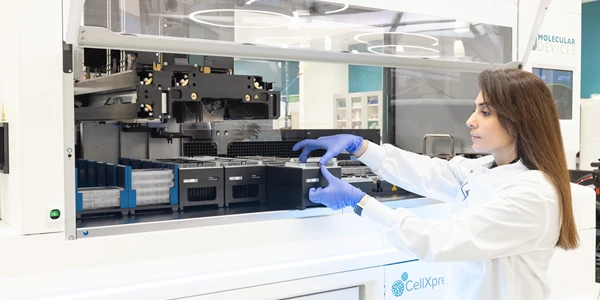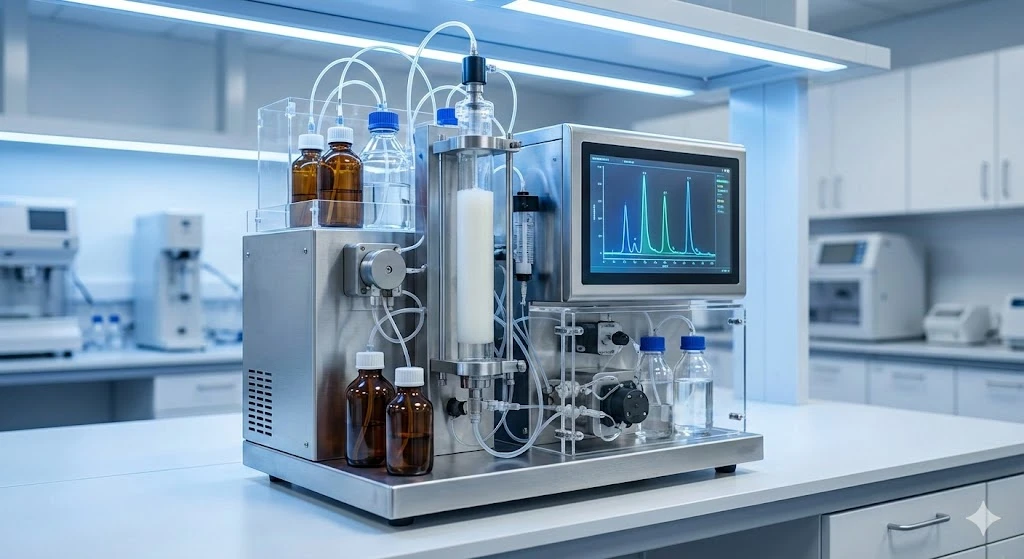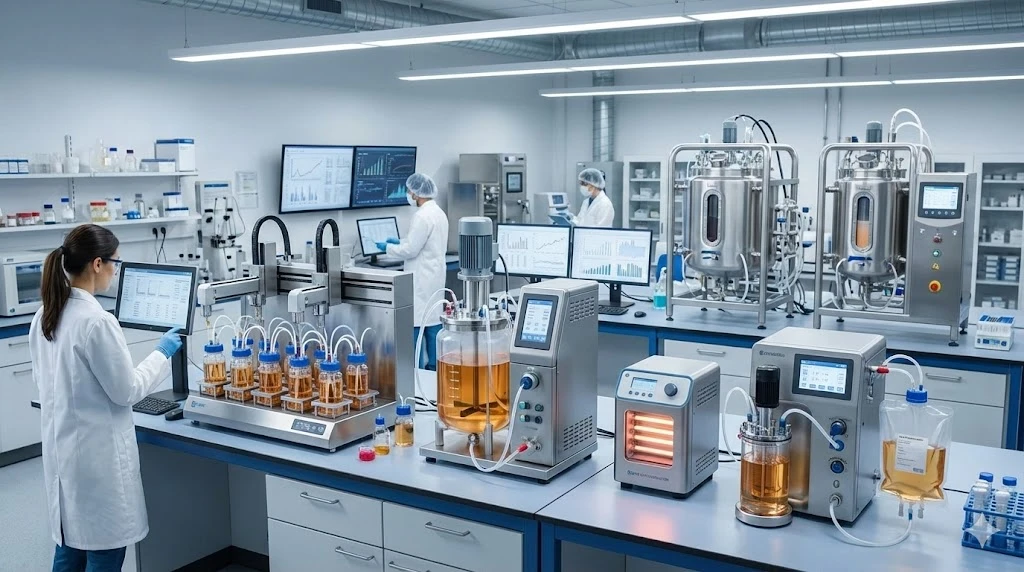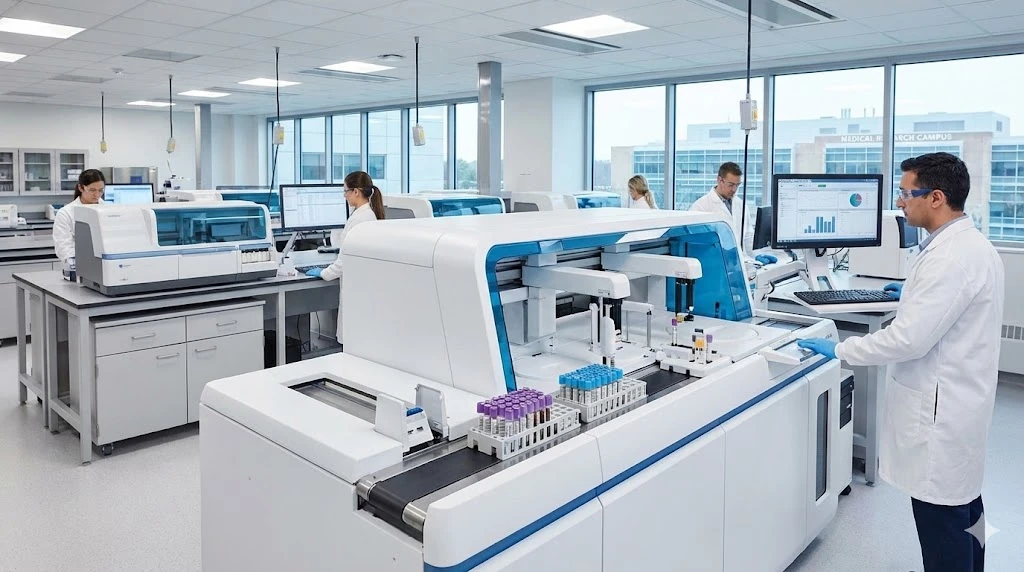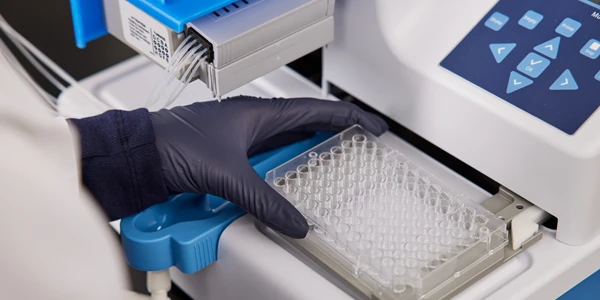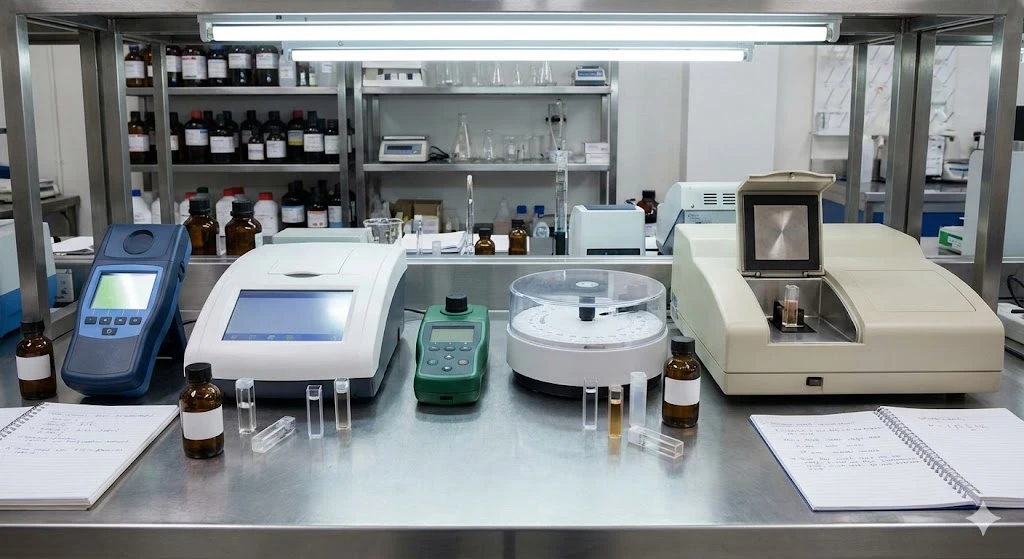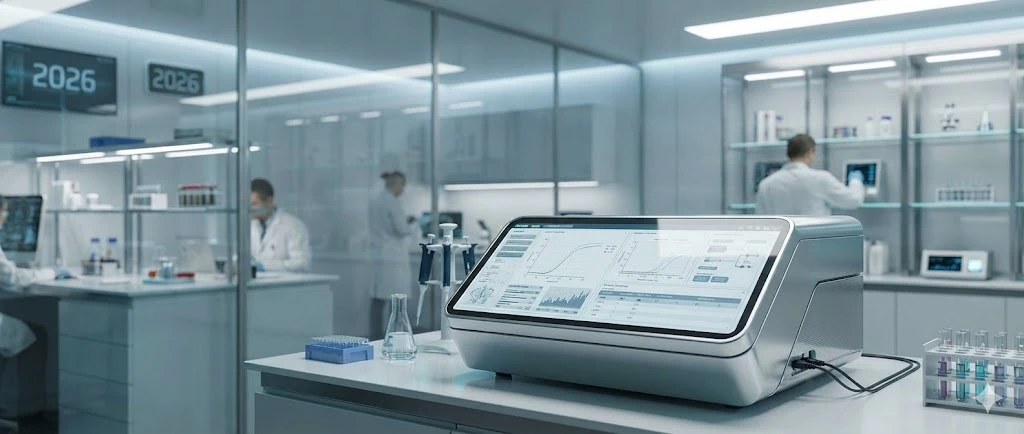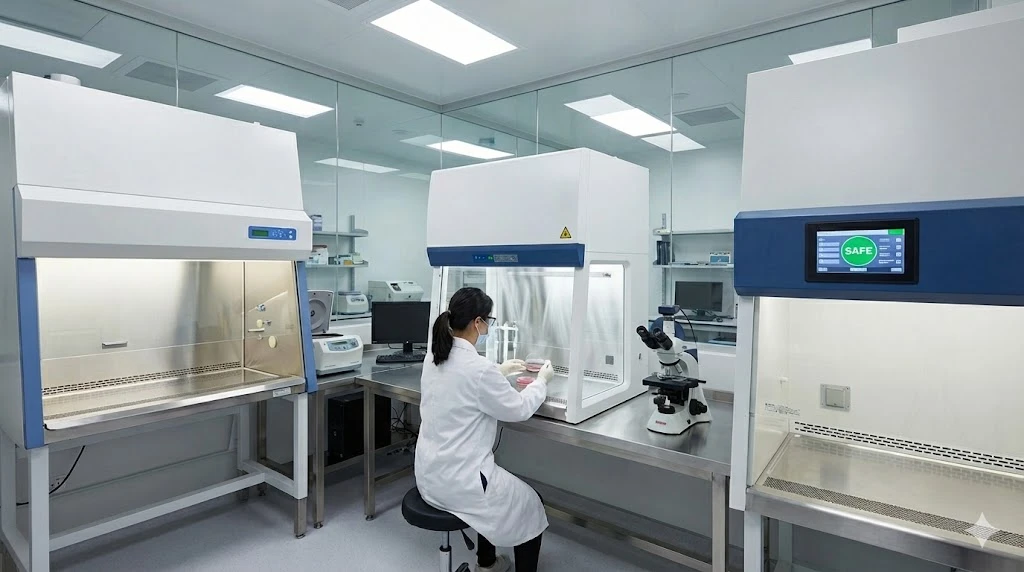Understanding qPCR Systems and Their Importance
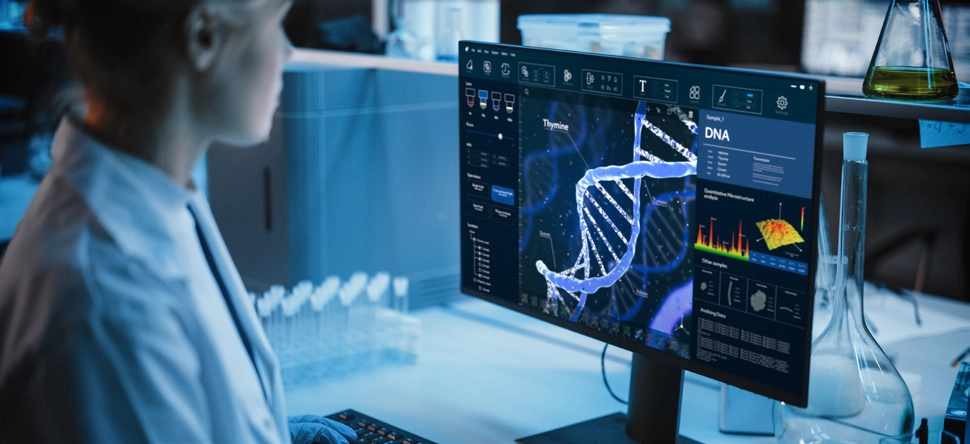 Quantitative Polymerase Chain Reaction (qPCR) is one of the most widely used molecular biology techniques, fundamental to many applications in diagnostics, research, and biotechnology. Understanding how qPCR works and why it plays a crucial role in the laboratory is key to recognizing its value in advancing scientific discoveries. This article provides an overview of qPCR, discusses its workings, and dives into the different types of qPCR systems available, along with their features and benefits.
Quantitative Polymerase Chain Reaction (qPCR) is one of the most widely used molecular biology techniques, fundamental to many applications in diagnostics, research, and biotechnology. Understanding how qPCR works and why it plays a crucial role in the laboratory is key to recognizing its value in advancing scientific discoveries. This article provides an overview of qPCR, discusses its workings, and dives into the different types of qPCR systems available, along with their features and benefits.
What is qPCR?
Quantitative PCR, also known as real-time PCR, is an advanced version of the traditional polymerase chain reaction (PCR) that allows for both amplification and quantification of DNA sequences in a single, streamlined process. Think of it like watching a movie versus looking at a photo: traditional PCR gives you a snapshot at the end, while qPCR lets you watch the process unfold in real-time, providing a dynamic view of DNA amplification as it happens.
Unlike traditional PCR, which only provides endpoint analysis, qPCR enables researchers to monitor DNA amplification in real time by using fluorescent markers that emit signals detected by specialized instruments. This real-time quantification makes qPCR a powerful and versatile tool for various applications, such as gene expression analysis, pathogen detection, mutation studies, and even quantifying viral loads, which is critical in clinical diagnostics and monitoring disease progression.
How Does qPCR Work?
qPCR involves the use of DNA primers and a fluorescent marker to amplify the target DNA while simultaneously quantifying it. Common types of fluorescent markers include intercalating dyes like SYBR Green, which bind to double-stranded DNA, and sequence-specific probes such as TaqMan probes, which emit fluorescence only when hybridized to the target sequence. SYBR Green is cost-effective and easy to use, while TaqMan probes offer higher specificity, making them ideal for applications requiring precise quantification. Here’s a basic outline of how the process works:
Denaturation: The DNA sample is heated to separate its strands.
Annealing: DNA primers bind to the target sequence when the temperature cools down.
Extension: A DNA polymerase enzyme extends the primers, synthesizing new DNA strands.
During this process, a fluorescent dye or probe emits light that is detected by the system, providing real-time data about the amount of DNA being synthesized. Unlike traditional PCR, qPCR delivers dynamic, ongoing quantification, allowing researchers to measure DNA concentrations accurately.
Importance of qPCR in the Laboratory
qPCR is indispensable in various fields of biology and medicine. For example, during the COVID-19 pandemic, qPCR played a pivotal role in testing and detecting SARS-CoV-2, enabling health authorities to track and manage the spread of the virus effectively. Its ability to detect and quantify DNA or RNA makes it a powerful tool for numerous applications, including:
Pathogen Detection: qPCR is used to identify pathogens like bacteria and viruses, which is critical for diagnostics, including infectious diseases.
Gene Expression Analysis: By quantifying messenger RNA (mRNA), qPCR helps scientists study gene expression patterns in cells.
Genotyping and Mutational Analysis: Researchers use qPCR to detect specific genetic mutations, useful in areas such as oncology and genetic disorder screening.
Viral Load Quantification: In clinical virology, qPCR is used to quantify viral loads, aiding in patient management and treatment monitoring.
Next-Generation Sequencing (NGS) and Cancer Diagnostics: qPCR is a foundational technique in next-generation sequencing and is used for the analysis of circulating tumor DNA (ctDNA) in cancer diagnostics, providing valuable insights into tumor dynamics and treatment response.
Types of qPCR Systems and Their Key Features
There are different types of qPCR systems designed to suit a variety of research and diagnostic needs. Below, we highlight some of the key types and their unique features:
1. Conventional qPCR Systems
Conventional qPCR systems utilize intercalating dyes, such as SYBR Green, to bind to double-stranded DNA. These systems are cost-effective and user-friendly, making them suitable for standard research applications. Key Benefits:
Simple assay design.
Lower cost due to fewer reagents.
Ideal for quantifying DNA when specificity is not a major concern.
2. Probe-Based qPCR Systems
These systems use sequence-specific probes, such as TaqMan probes, to achieve high specificity during quantification. They are highly preferred for diagnostic and clinical applications, where precise results are crucial. Key Benefits:
High specificity, reducing the likelihood of false positives.
Multiplexing capability allows for the detection of multiple targets in the same reaction.
Suitable for assays where specificity and accuracy are paramount.
3. Digital Droplet qPCR (ddPCR)
Digital droplet PCR is a variant of qPCR that provides absolute quantification by partitioning the sample into thousands of individual droplets, each undergoing PCR independently. Key Benefits:
Absolute Quantification: No need for reference standards or calibration curves.
Extreme Sensitivity: Suitable for rare target detection or low-abundance samples.
Reduced PCR Inhibition: Improved accuracy due to sample partitioning.
Reduced Sequencing Bias: Since each reaction is unique, ddPCR can help minimize sequencing bias, leading to more reliable data.
4. Multiplex qPCR Systems
Multiplex qPCR systems enable simultaneous amplification of multiple targets in one reaction using different fluorescent probes. This type of qPCR is highly efficient in applications where several genes or organisms need to be identified or compared in a single assay. Key Benefits:
High Throughput: Ability to detect multiple targets simultaneously.
Reduced Cost and Time: Fewer reactions are needed, which saves both reagents and time.
Higher Precision: Due to batched reagents and consistent conditions, multiplex qPCR can achieve higher precision in results.
Useful in Clinical and Diagnostic Settings: Ideal for detecting co-infections or monitoring multiple biomarkers.
Choosing the Right qPCR System
Selecting the appropriate qPCR system depends largely on the specific application and goals of the laboratory. To assist in this decision, consider the following checklist:
Application Type: Determine if you need high specificity, high throughput, or absolute quantification.
Budget: Evaluate the cost of the system and reagents.
Sensitivity Requirements: Decide if you need to detect rare targets or low-abundance samples.
Assay Complexity: Consider whether you need multiplexing capability to detect multiple targets simultaneously.
Throughput Needs: Assess if you need to process a high number of samples in a short amount of time.
User Expertise: Choose a system that matches the technical expertise of your lab personnel. For example, a research lab focused on pathogen detection may opt for a probe-based system for its specificity, while a diagnostic facility may choose digital droplet qPCR for its absolute quantification. Factors such as cost, throughput, sensitivity, and complexity of assays also play a key role in the decision-making process.
Future Applications: Consider potential future applications to ensure the system can accommodate evolving research needs and technologies.
In Summary
qPCR systems are an essential tool in modern molecular biology, providing accurate, fast, and versatile methods for DNA and RNA quantification. Key benefits of qPCR include:
Real-Time Monitoring: Ability to observe DNA amplification as it happens, providing more dynamic and informative data.
High Sensitivity: Capable of detecting low-abundance targets, making it ideal for diagnostics and research.
Quantitative Results: Provides precise quantification of DNA or RNA, critical for gene expression studies and viral load monitoring.
Versatility: Applicable in various fields, including medical diagnostics, environmental testing, and genetic research. From diagnostics to research, qPCR technology plays a critical role in advancing our understanding of genetics and improving patient care. By understanding the different types of qPCR systems available and their unique features, laboratories can choose the right tools to suit their specific needs, ensuring reliable and effective results.

